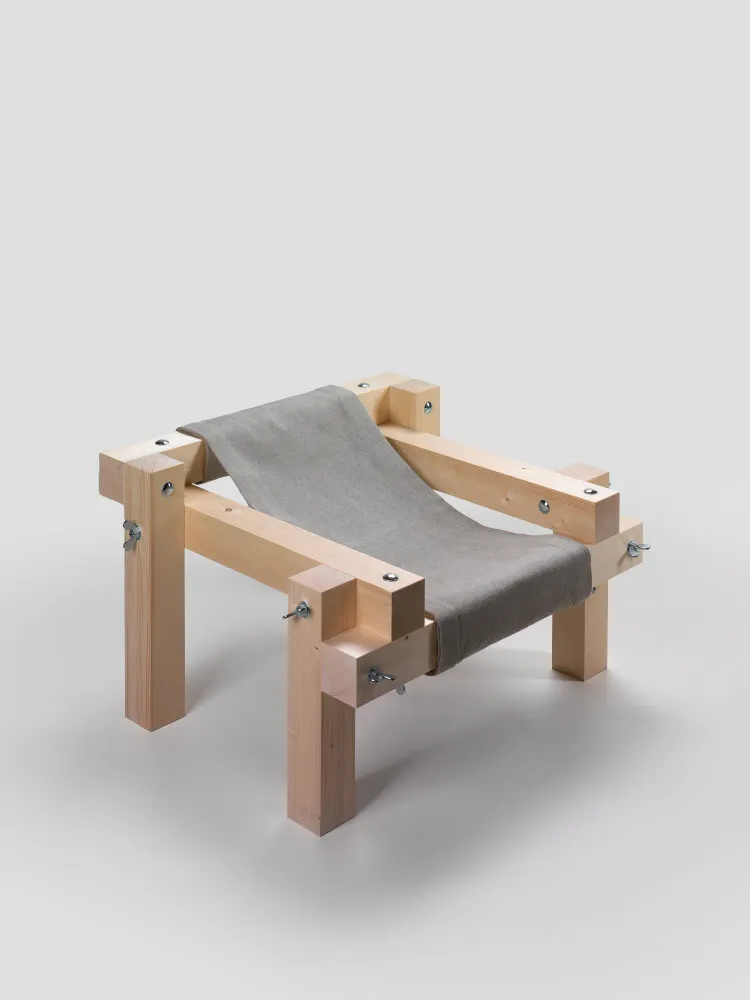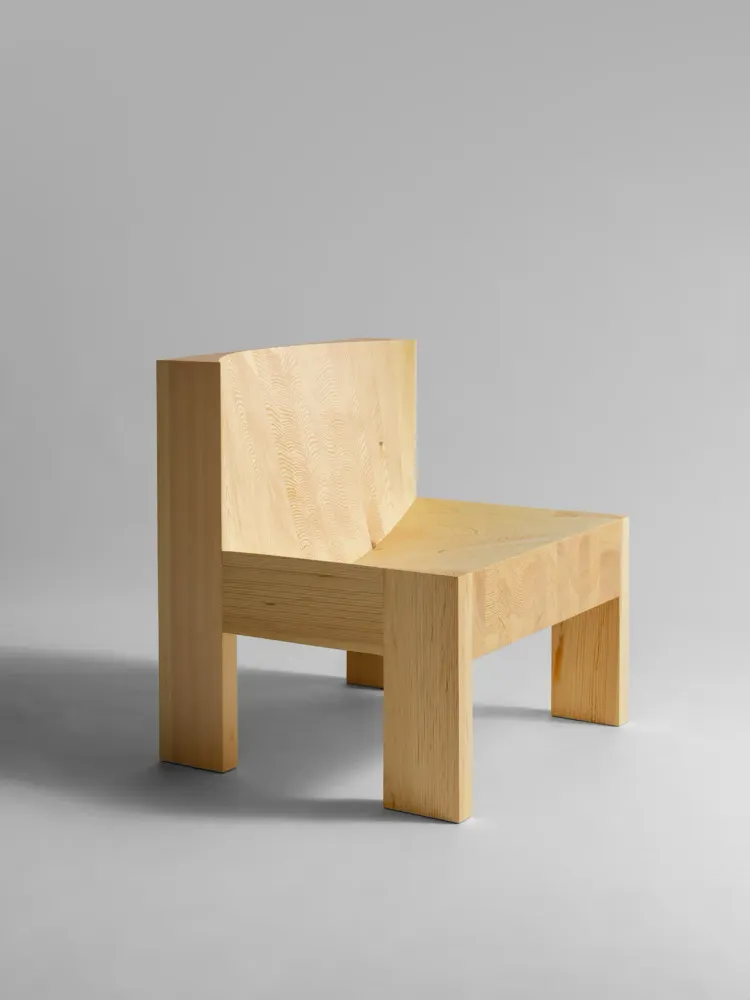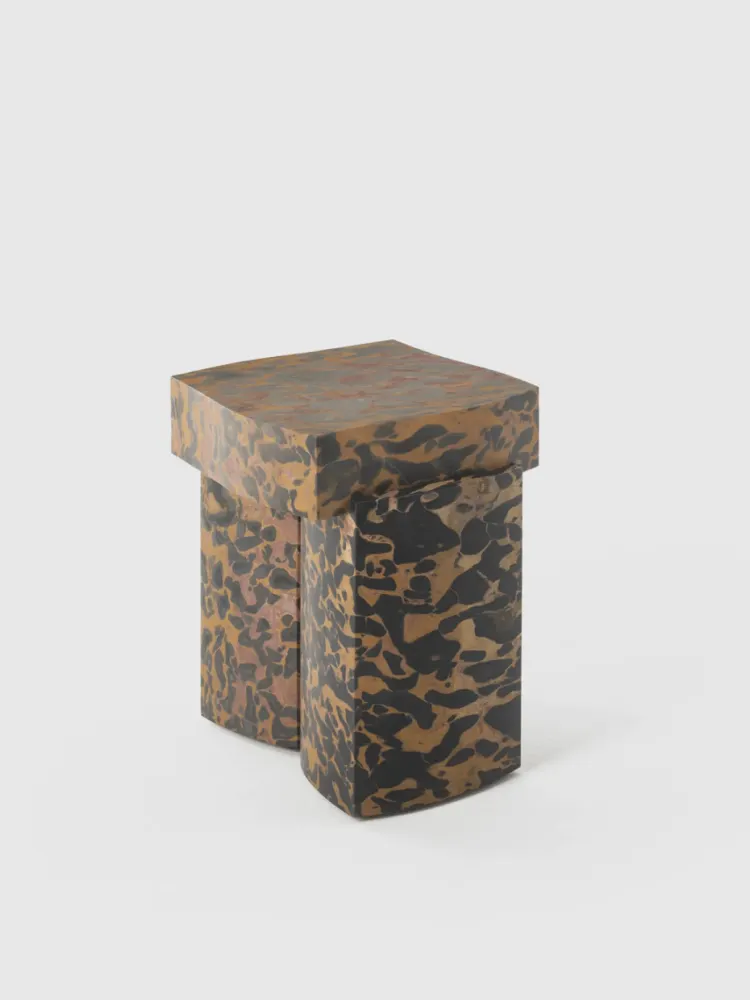Popular searches:
Neo-Brutalist Design
Description: Brutalism, with its focus on raw concrete, bold geometry and undecorated functional honesty, has had a lasting impact on design. The movement, which was at its height from the 1950s to the 1970s, has recently experienced a new wave of interest. This new movement is called Neo-Brutalism and it is different from its predecessor: a modern movement, it is a reinterpretation of the original pure aesthetic and its implementation in a time of changing tastes and priorities. First of all, it is important to consider the nature of Brutalism.The name Brutalism comes from the French term for concrete, béton brut, the defining material of the movement. It emerged in the context of post-war reconstruction, emphasising function, honest use of materials and space. Although the movement had a strong and memorable aesthetic, it was ultimately a utilitarian, even austere design. In contrast, Neo-Brutalism reinterprets this perceived austerity in the light of contemporary sensibilities.The scope of Neo-Brutalism extends beyond architecture to include furniture, lighting and the decorative arts. Although the hallmarks of a Brutalist building - exposed concrete, bold geometric forms and an impression of massive use of material - are often carried over to a Neo-Brutalist object, the movement is characterised by a greater degree of refinement than its predecessor. Secondly, the change in context and taste is reflected in a new approach to form and material. For example, where Brutalism used raw concrete, Neo-Brutalism might use concrete with a smooth surface, resulting in a no less striking effect, or switch to exposed but sanded and varnished natural woods. Instead of steel, designs often use warmer metals such as bronze, or introduce textiles.Neo-Brutalism retains the bold, heavy geometry of its predecessor, although the lines may be softer. Instead of the simple, sometimes monolithic shapes characteristic of Brutalism, Neo-Brutalist objects may have more complex interplay of shapes or textures.


